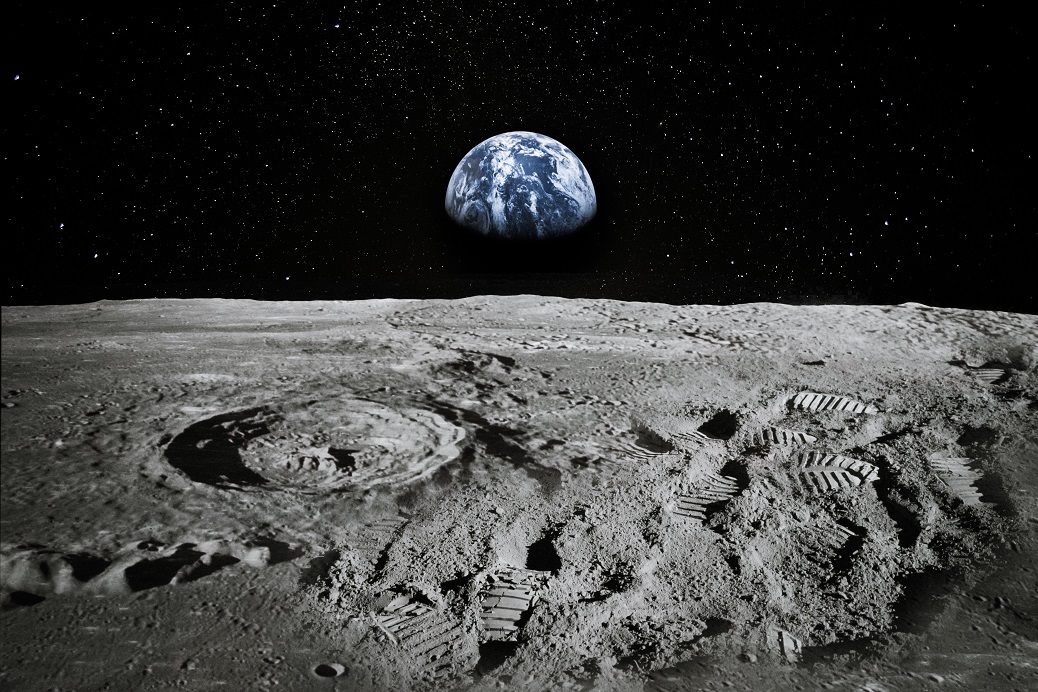
Powder metal producer Metalysis has been awarded a European Space Agency (ESA) contract to develop its process for the dust, broken rocks, and other related materials found on the surface of the moon and other planets.
The Metalysis FFC Process for Extra-Terrestrial Oxygen Production from In-Situ Resource Utilisation (ISRU) project will form part of ESA’s Space Resources Strategy.
The FFC Cambridge Process is an electrochemical method in which solid metal compounds, such as oxides, are cathodically reduced to the respective metals or alloys in molten salts. According to the company, an initial proof of concept study has resulted in a metallic powder where 96% of the total oxygen has been successfully extracted, resulting in a mixed metal alloy product that can be used for in-situ manufacturing.
A previous NASA-funded study, undertaken in 2004, investigated the applicability of the FFC-Cambridge process for the electrolysis of lunar ilmenite, termed the Ilmenox process, Metalysis reports. However, at the time, the development of the FFC-Cambridge process was still in its early stages and had only been proven at a laboratory scale. Since then, Metalysis has successfully scaled-up its technology, the company says. As of 2018, titanium and tantalum metal production has been developed at an industrial scale, and the production of many other metals and alloys has also been proven, while the production of intermetallics of aluminum and scandium has been increased to industrial scale.
The ESA project will provide an assessment to prepare and de-risk technology developments, focussed towards oxygen production for propellants and life support consumables. ‘The ability to extract oxygen on the moon is vital for future exploration and habitation, being essential for sustainable long duration activities in space,’ a press release said. ‘In-Situ Resource Utilisation (ISRU) will significantly reduce the payload mass that would be needed to be launched from earth.’
‘We are really pleased Metalysis is involved in this exciting program; taking an established earth-based technology and applying it to a lunar setting,’ said Ian Mellor, MD at Metalysis. ‘The fact that the process is capable of simultaneously producing both oxygen and metal powders is unique, offering potential solutions to two key areas of the ESA Space Resources Strategy.’
‘In the future, if we want to travel extensively in space and set up bases on the Moon and Mars, then we will need to make or find the things required to support life - food, water and breathable air,’ said Sue Horne, head of space exploration at the UK Space Agency. ‘The involvement of Metalysis in a programme that aims to do just that, by producing oxygen on a lunar setting, will showcase the UK’s space credentials on the world-stage and help unlock breakthroughs that bring future space exploration a step closer.’
This story uses material from Metalysis, with editorial changes made by Materials Today. The views expressed in this article do not necessarily represent those of Elsevier.




